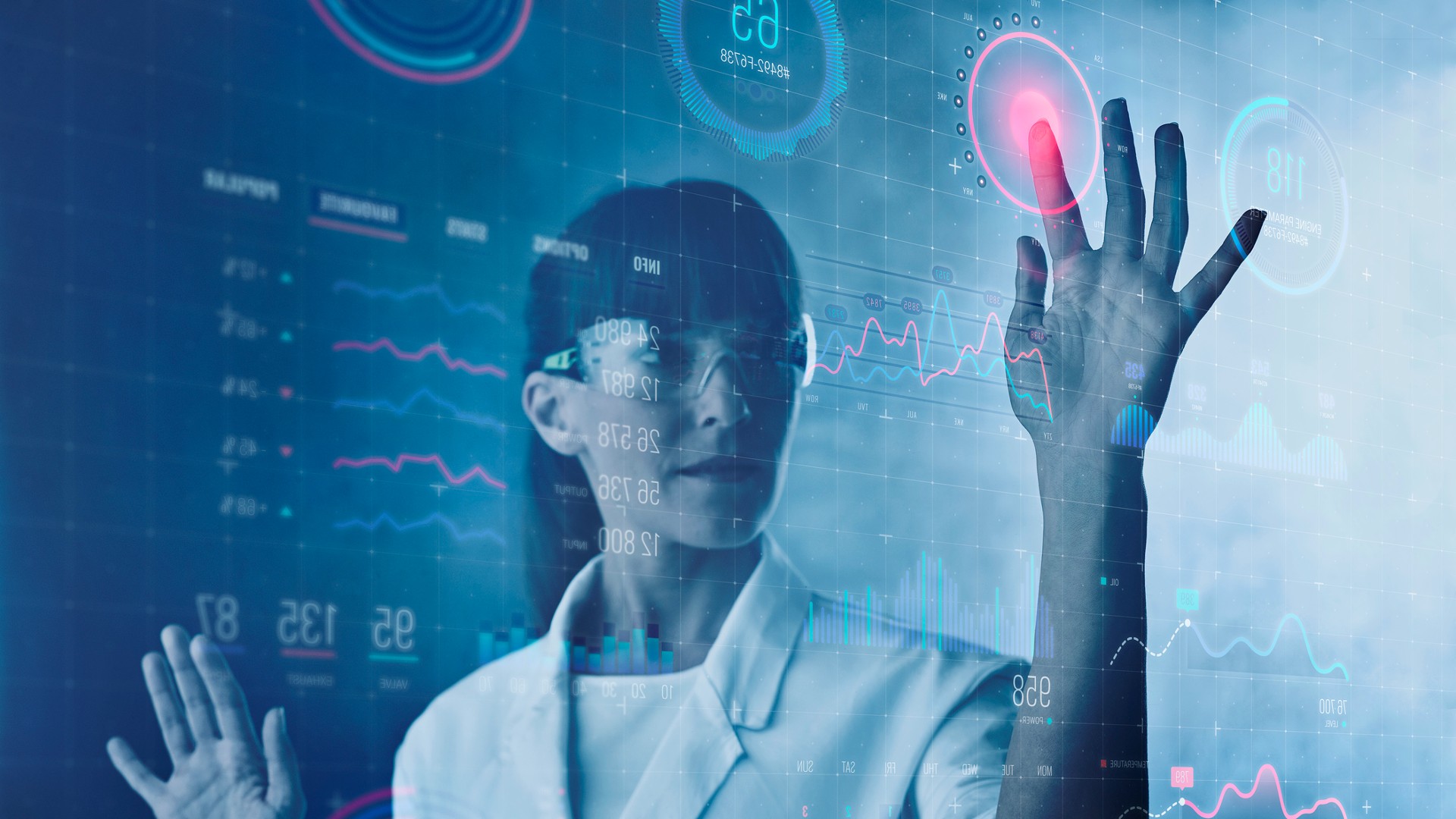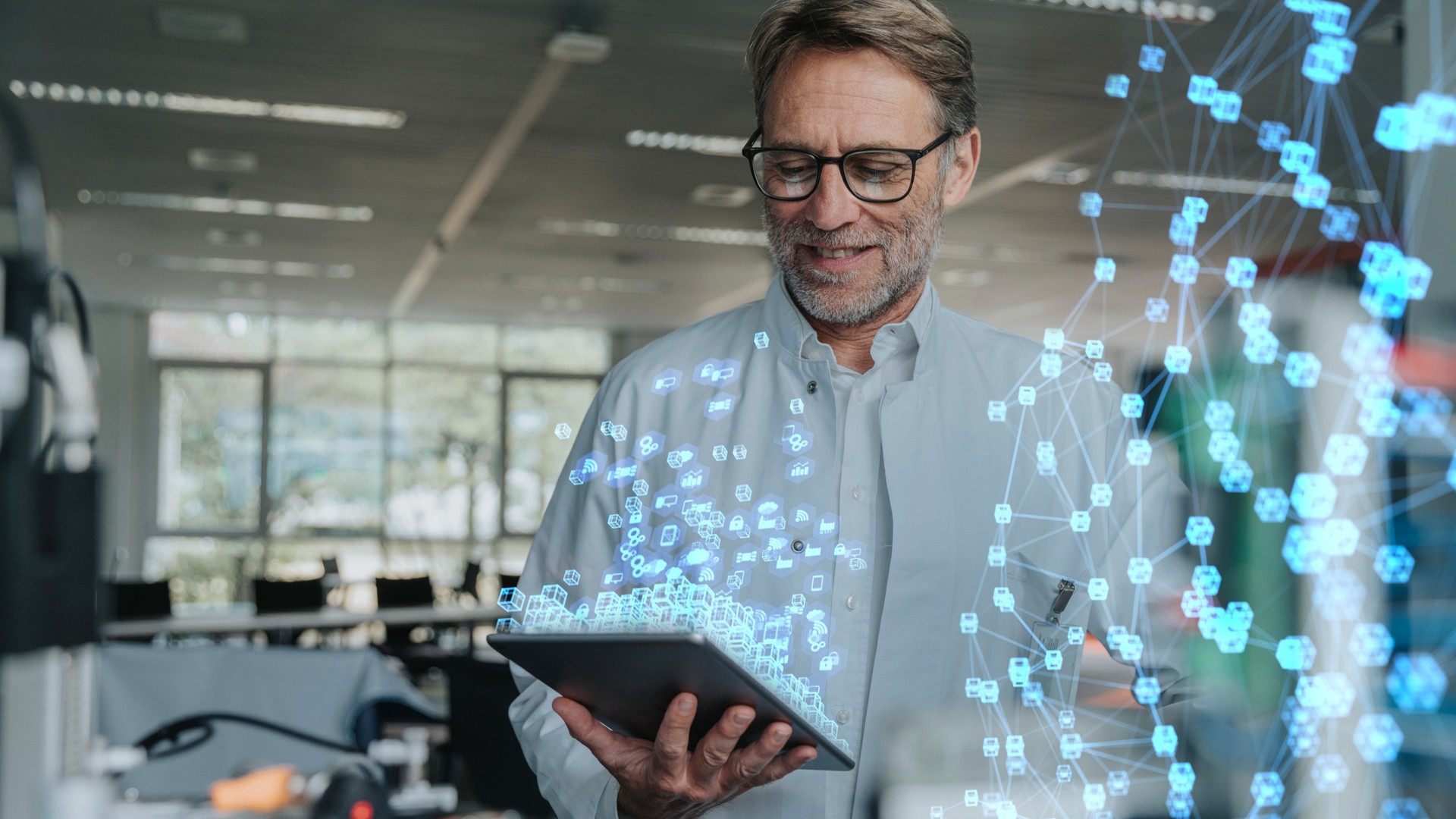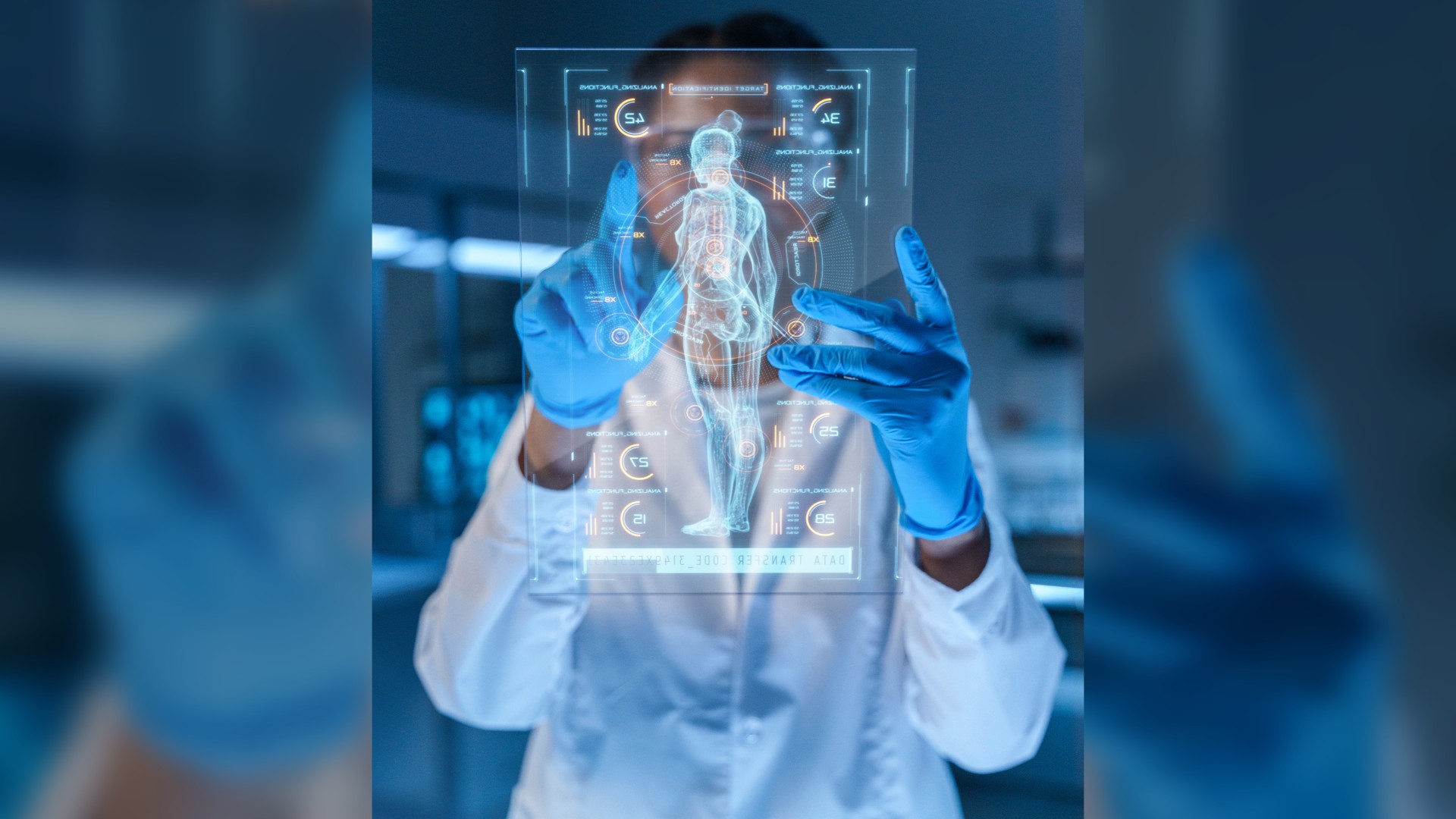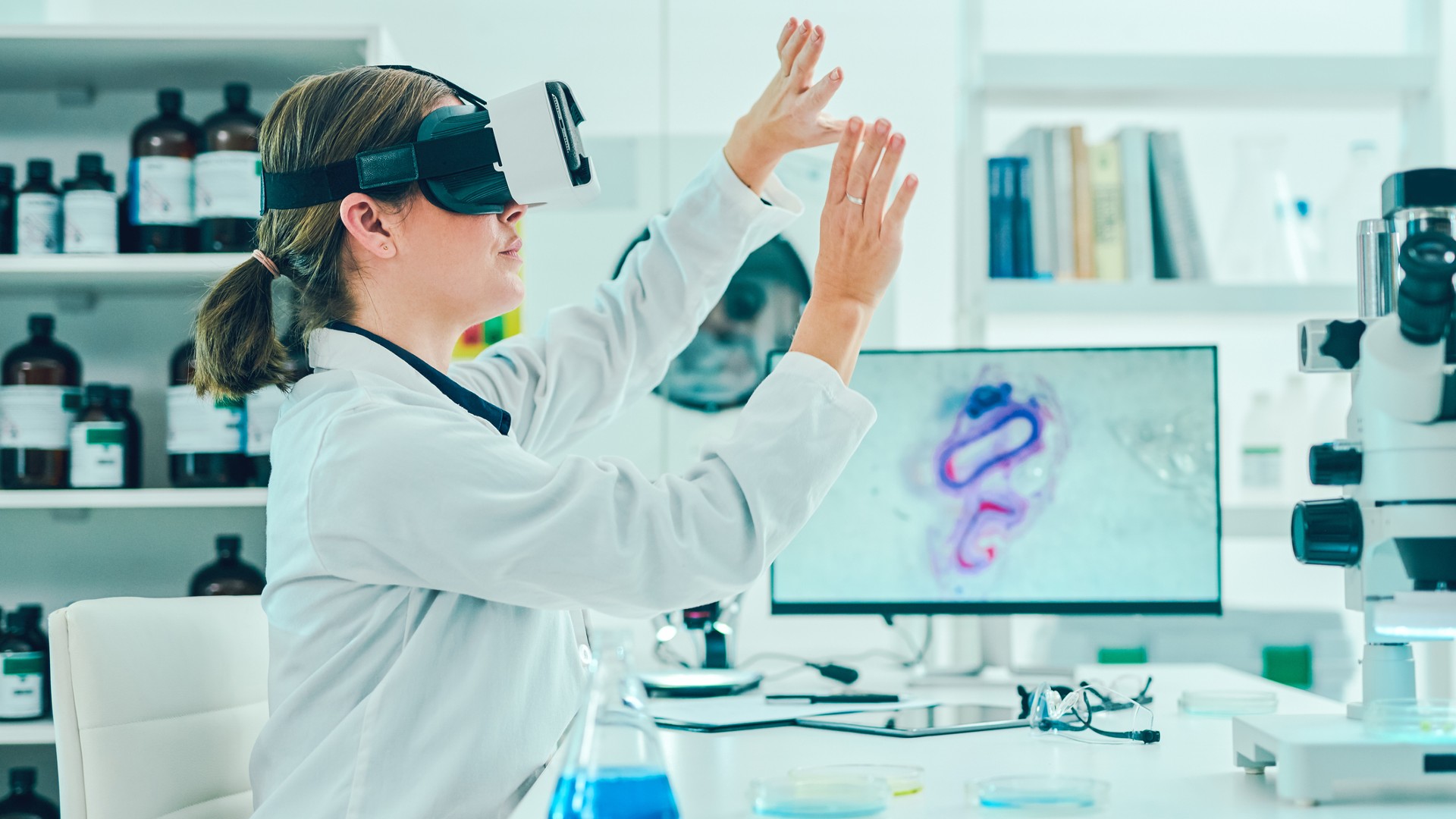AI is transforming every aspect of science. Here's how.
In the future, research labs will embrace the transformative potential of artificial intelligence to tackle wicked problems and speed up scientific discovery.

Scientific laboratories of the future probably won't have flying robots, sentient artificial intelligence (AI) assistants or superhuman scientists like Tony Stark and Bruce Banner (aka the Hulk). But while they may not reach the realms of science fiction, what they'll be able to accomplish in the real world is likely to be equally as impressive in their own right.
From developing new drugs in hours to virtual teleportation, here are some of the ways that I anticipate labs evolving in the future.
1. Synthesize information faster
Almost 1.8 million papers are published yearly and the average person generates 1.7 megabytes of data per second. So how do we make sense of all this data?
The answer is AI. It can identify patterns and connections within data sets that humans would miss. In fact, AI has already been able to generate hypotheses human scientists have not thought of.
For instance, AI-powered research assistants like the one developed by my company, SciSpace, help researchers read and understand research papers faster (Saikiran Chandha is the CEO and founder of SciSpace). IBM's geospatial mapping AI system can analyze large volumes of satellite imagery to detect and predict environmental changes, such as deforestation or droughts, with unparalleled accuracy.
This is just the start. We'll soon see AI being used to answer previously unanswerable questions, such as how life first evolved, the true nature of chaos or how our environment influences our genes.
Many of these questions haven't been answered due to complexity or lack of data. AI's ability to analyze massive amounts of data, find patterns and make connections will be crucial to unlocking answers to these profound questions.
Get the world’s most fascinating discoveries delivered straight to your inbox.
Related: AI chatbot ChatGPT can't create convincing scientific papers...yet
2. Accelerate drug development
AI is changing the game in drug development, making it quicker and more efficient. For example, researchers used DeepMind AI to create synthetic "syringes" that inject tumor-killing compounds directly into cells. The process, which usually takes years, was achieved in just 46 days. DeepMind has also predicted the shape of almost every known protein, and seemingly done so with remarkable accuracy, a critical step in drug development that used to take years of lab work.
Another major breakthrough came in January 2023, when AbSci first created and validated de novo antibodies in silico using zero-shot generative AI. Traditionally, antibodies are created using pre-existing antibodies or templates, which can be time-consuming. In silico methods can reduced this time from 6 years to almost 18-24 months.
As AI becomes more sophisticated, we can expect it to play an even more prominent role in lab science. Clinical trials could be shortened and simulated to determine efficacy and toxicity, reducing the need for animal testing. This could very well be used in cancer target identification and new drug discovery.
3. Be anywhere at any time
Imagine being present in a science lab without physically being there. Virtual reality technologies combined with AI could make this a reality. Scientists could conduct experiments and manipulate digital models of molecules or materials in virtual reality, all while monitoring the results in real-time.
But it's not just virtual reality that will change the game. Researchers at the Western University in Ontario, Canada have completed the world's first-ever international holographic teleportation. Dubbed Holoport, the technology uses a special camera to create a hologram of a subject, which is then received by another person in a far-off location using a hololens, or essentially a VR set. If both parties are wearing this hololens, they can interact virtually. That said, physical touch is a limitation the team is trying to overcome.
In the future, we may see Holoport-like technologies become commonplace in lab science, allowing scientists to collaborate with colleagues worldwide instantly. They could beam in holographic images of lab equipment or observe an experiment from the other side of the world in real-time. This could lead to more international collaboration, faster scientific breakthroughs, and a less carbon-intensive scientific community.

Saikiran Chandha is the CEO and founder of SciSpace, an end-to-end research platform for discovering, understanding, writing, publishing, and disseminating research papers.





